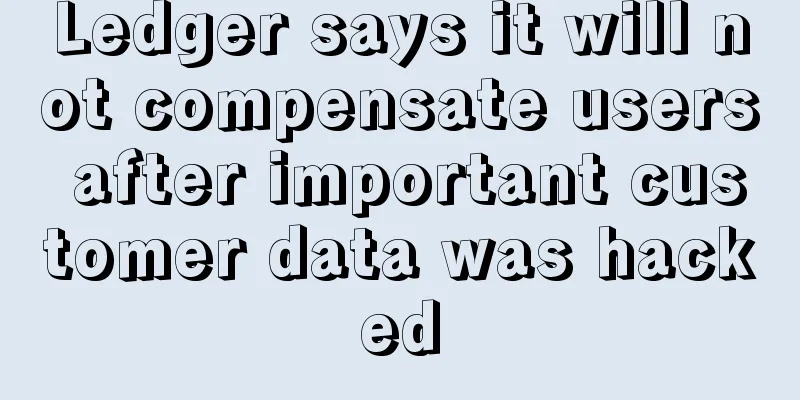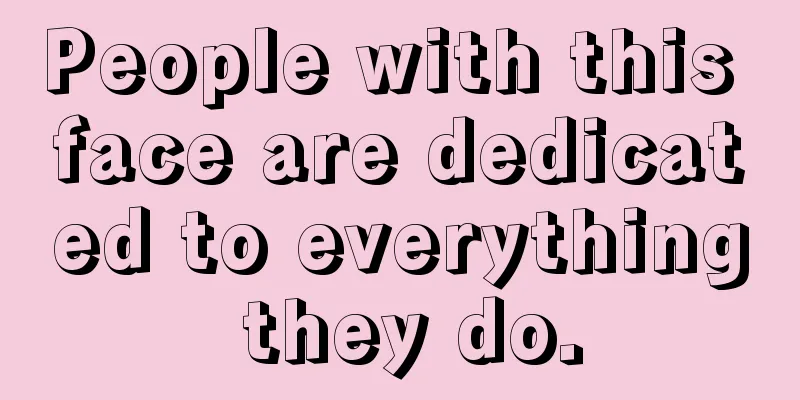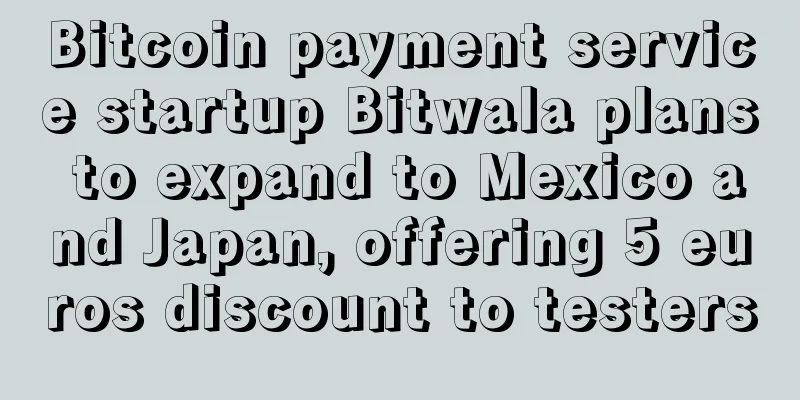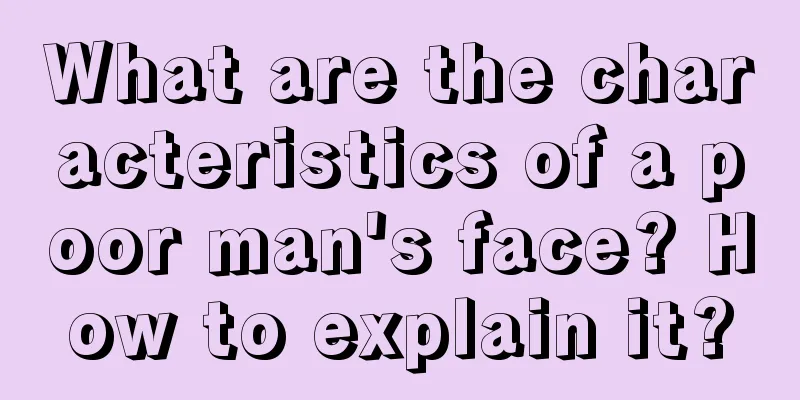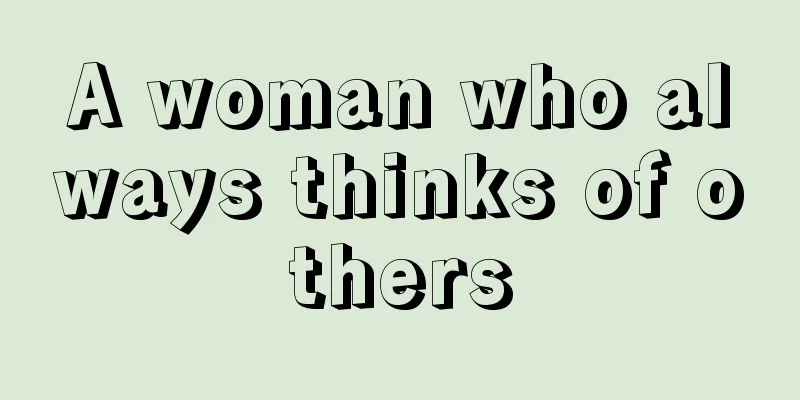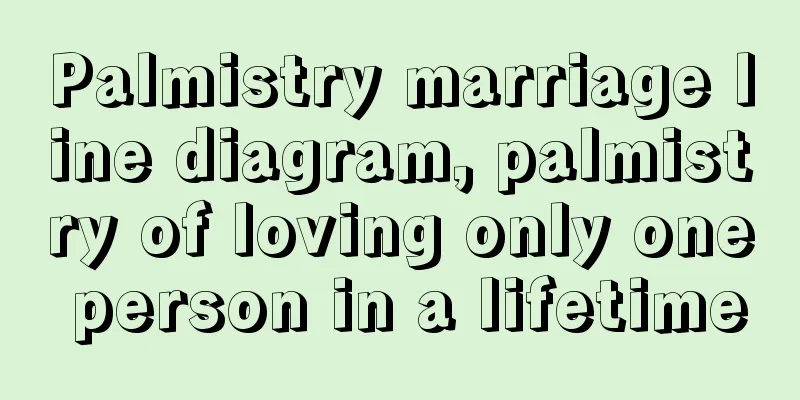How to use blockchain to improve the governance of charities
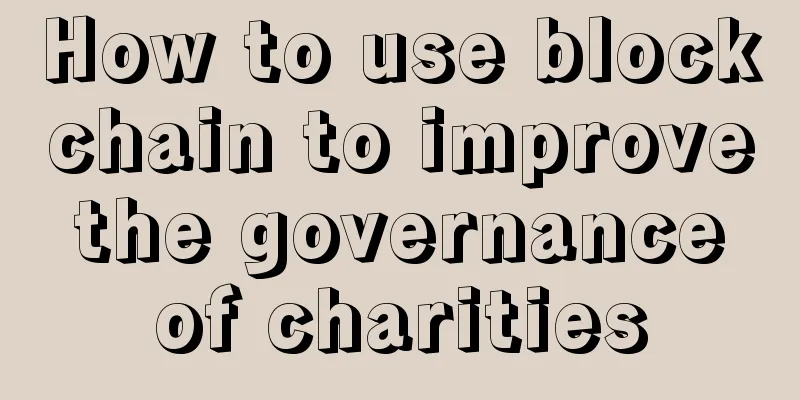
|
Charities and non-profit organizations play an important role in society, and the advantages of blockchain technology can also achieve a complementary effect in these scenarios involving economic transactions. The Charities Aid Foundation (CAF), a UK charity, has been a model in exploring how to use blockchain technology to enhance the ability of charities and non-profit organizations to manage charitable funds. It is no coincidence that British organizations can play a leading role in this field, as the UK is one of the few countries with a dedicated agency to manage charities. This article focuses on three key areas CAF's latest paper, "Block & Tackle," specifically explains how blockchain technology can improve three important aspects of charity governance: registration, reporting, and governance. The paper mentions that blockchain technology has applications in all three areas. Without the involvement of third-party institutions, blockchain ledgers improve transaction transparency, reduce transaction costs, and increase transaction credibility. Although CAF has done in-depth research on the use of blockchain technology in private charitable organizations, there are not many cases of actual deployment. Molotti Davis, head of CAF's "Giving Thought" think tank, told CCN: The entry threshold of blockchain technology is high, and private charitable organizations are usually unable to master the technology (except for a few exciting cases). It will take at least a year for blockchain technology to be implementedDavis pointed out,
The registration process can confirm whether the organization is a charity and a non-profit organization. This will help the organization raise funds, negotiate business and obtain corresponding funding. Blockchain technology provides a more efficient way to manage and disclose online identities. The paper mentions that blockchain technology can even allow charitable organizations to complete registration on their own. Multiple smart contracts create a decentralized organization by executing a series of confirmed programs to make it a new organization. The Distributed Autonomous Organization (DAO) investment fund is an example of this. It forms an autonomous organization by running smart contracts on the blockchain in Ethereum. DAO's decisions require consensus among all nodes. The same rules apply to charity. What do you think of the DAO hijacking incident?When asked about how to prevent hacker attacks in light of the recent DAO hijacking, Davis responded that the unfortunate incident was mainly caused by human error and program vulnerabilities, but these can be improved in future upgrades. He said:
Key benefits of using blockchain technology for charities Since no third-party agency is required, non-governmental non-profit organizations using blockchain technology will greatly reduce operating costs. Management costs will also be reduced. In addition, management can be achieved by recording transaction data directly in the blockchain. By deploying the right algorithm on the blockchain, the registration process can automatically decide whether to accept or reject the received information. A small number of uncertain nodes will be automatically rejected. Such a system works based on a consensus protocol; in this way, non-governmental non-profit organizations can have their own information registration system. As for the reporting function, blockchain technology has brought major changes, which will provide transaction information in real time. By using digital currency or digital tokens, information will be automatically propagated in the blockchain. Participants can have more trust in the integrity of the data without the need to spend extra money on audits. Smart contracts make a differenceFull transparency and real-time updates will also help regulators. Since private non-profit organizations will be governed by smart contracts, functions can be built into the contracts to ensure supervision if the trigger conditions are met. Smart contracts can also prevent charitable organizations from breaking the rules in the first place. Smart contracts run by private charitable organizations on the blockchain can prevent improper fund expenditures by the organization, as expenditures will also be managed by smart contracts. Rule by algorithms?Algorithmic governance plays an important role in preventing illegal activities through smart contracts. Of course, it is necessary to consider how smart contracts are designed. However, regulators have not shown enough interest in the application of blockchain technology to the charity industry like non-profit organizations in the UK. Davis said:
Private charitable organizations have not yet realized the profound impact of blockchain technology on charitable business. One of the focuses of my paper is to trigger these thoughts. Which chain will be preferred?Davis did not make a clear statement on which chain will be preferred. He said:
Many countries have official forms of non-governmental public welfare organizations. If these organizations transfer the registration process to the blockchain, they will also need to use some form of certification to complete it, so it is more likely that a private chain will be used. Of course, it is also possible that some people decide to abandon the traditional non-governmental public welfare organization structure and establish a public welfare organization like DAO on a public chain based on consensus nodes, which will create a two-level non-governmental public welfare organization environment (both "traditional" organizations approved by the government and "new" organizations based on consensus nodes). |
>>: Nasdaq applies for blockchain patent to back up exchange transaction records
Recommend
What does a mole on the lip mean?
For some people, they only look at some issues su...
Illustrated facial features of women who are prone to cheating. What are the facial features of a loyal woman?
People who cheat are often despised by others in l...
Amazon CEO Now Has More Wealth Than Bitcoin's Market Cap
Jeff Bezos, CEO of online shopping giant Amazon, ...
When looking at a 50-year-old woman’s face, you should look at the three parts of her face and their relationship with her age!
Everyone will experience life and death, and from...
Bitcoin's fourth halving and its impact
Key points: Bitcoin is expected to experience its...
After STEPN became popular, what other M2E projects are worth paying attention to?
With the continued surge in the number of global ...
What does frequent spitting mean in physiognomy?
In life, many actions or movements can reflect a ...
CFTC official: Only five steps are needed to achieve rapid development of blockchain in 2017
Christopher Giancarlo is an official of the Commo...
Beware of malicious mining code in software downloaded from unofficial channels
Dimensionality Security Lab (johnwick.io) recentl...
Do people with small and thin earlobes have good relationships with women? They have bad family luck.
A person's luck with children determines the ...
Three reasons to be bearish on Ethereum: founders are not interested in development, foundations continue to cash out, and on-chain activity is low
Ethereum was once hailed as the "world compu...
How to read the hair in fortune telling
Each of us has our own hair, either long or short...
How did ancient Chinese physiognomy tell ears?
The ears control the brain and, through the chest...
Is a mole on a woman’s eyebrow a symbol of good fortune? Is it good to have a mole between the eyebrows?
The meanings of moles in different positions are ...
The color of your palm interprets your recent fortune
The color of your palm interprets your recent for...
